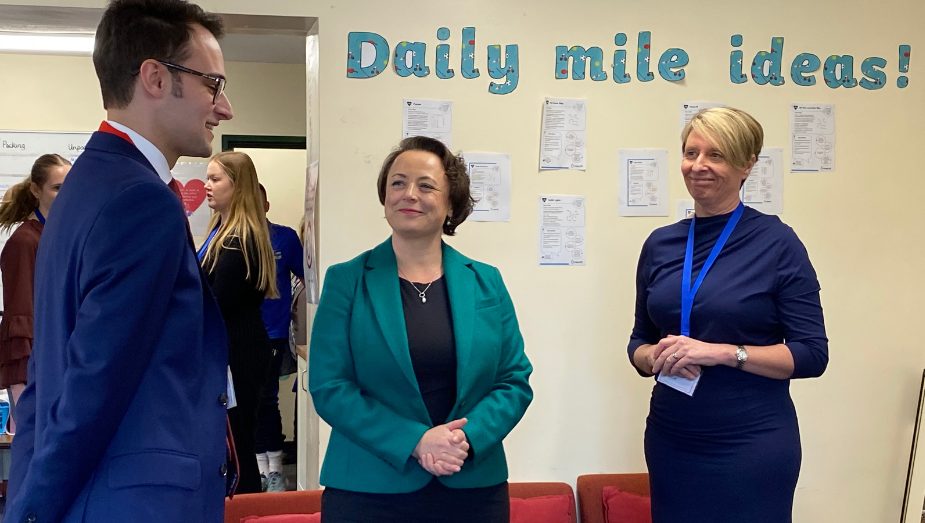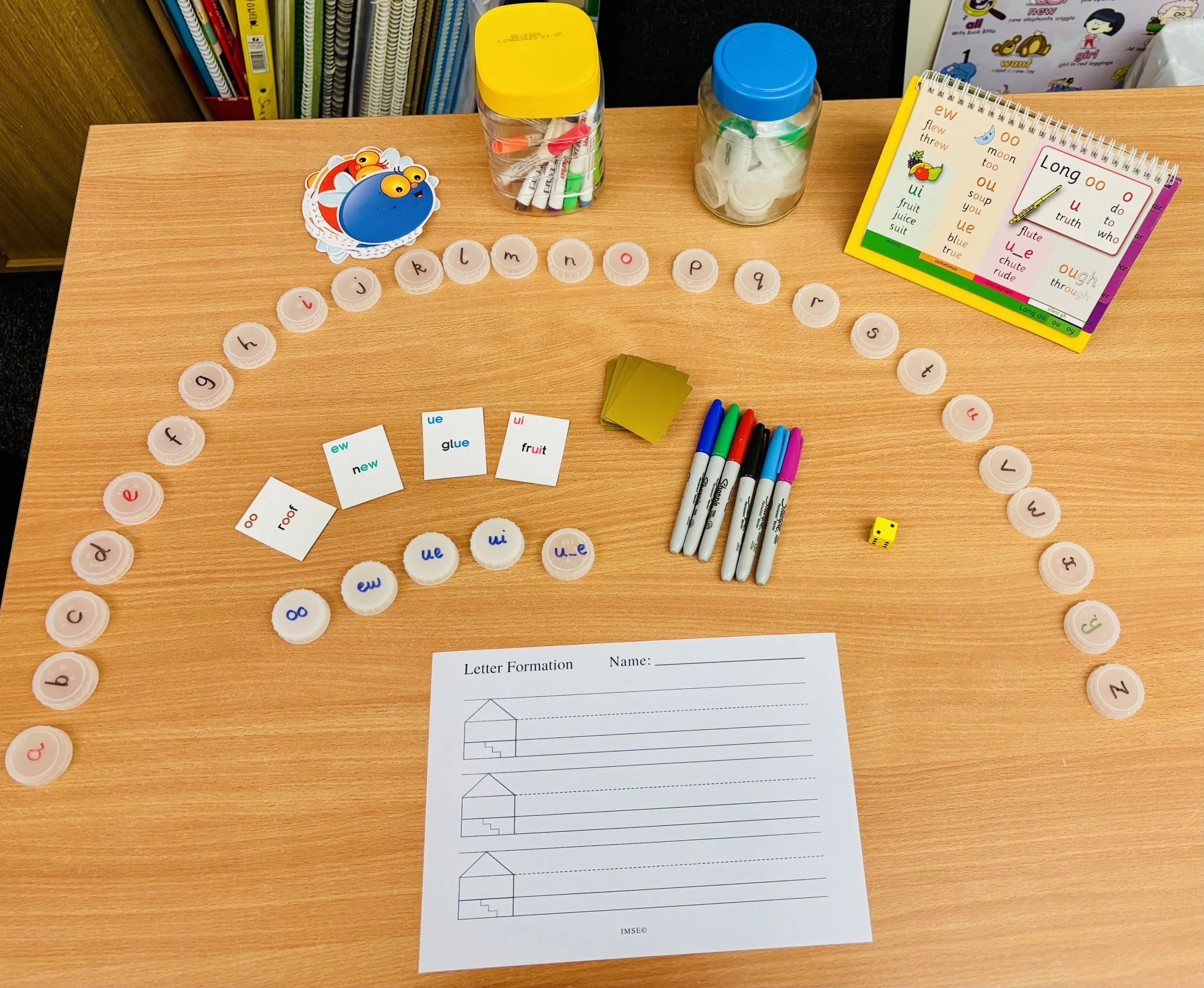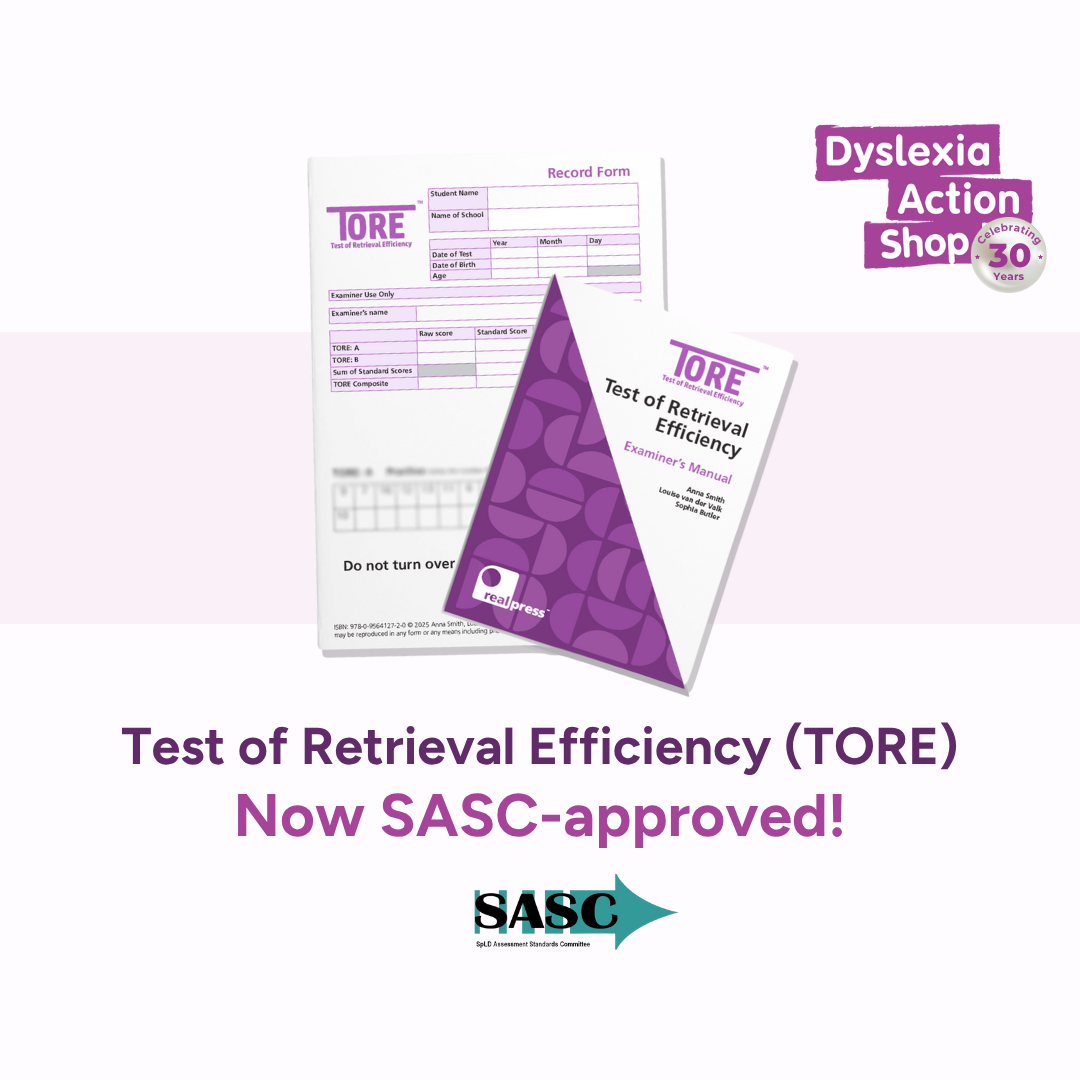Admin |
September 15, 2021
During the summer holiday, we often like to take the time to reflect and catch up with some of our past delegates – educational professionals from a wide range of settings and locations worldwide.
Throughout August, on our Real Training social media platforms, we shared some of their top tips around best practices for special educational needs (SEN) and inclusion in schools.
We think their tips provide other educators with invaluable advice and insight into how best to support all children and young people in educational settings. In case you missed those posts, you can find all of the top tips together below and on our Twitter and Facebook pages. If you have any tips you would add, please add some comments on the posts.
Working with children with SEN – Beverley Williams

- Don’t stereotype people on the autistic spectrum
- Avoid sensory overload but always tailor strategies to the individual’s needs
- Look out for those who don’t feel they fit into any specific group
- Understand, they may find it difficult to learn about things that are not of interest to them
- Provide opportunities for individuals to restore and refresh using whatever strategies work for them – and never assume what these may be
Ensuring inclusivity within your school – Taneisha Pascoe-Matthews

- Create strong communication and collaboration between families, schools and other stakeholders
- Implement up-to-date policies and leadership adhering to both the Children and Families Act (2014) as well as the SEN Code of Practice (2015)
- Ensure staff have the necessary training and attitude toward inclusivity
- Encourage peer support and a sense of belonging this will improve well-being and ensure a sense of inclusion
- Implement a pupil-centred approach focusing on individual needs
Discussing SEN with parents – Dorthe Allen

- Be open and honest when you explain your observations and how the school can provide support
- Show parents that you are there to support their child both academically and pastorally
- Communicate clearly and meaningfully, avoiding jargon and technical terminology
- Be well prepared and show parents any reports, screener results and teacher observation documents that help to demonstrate the student’s need(s)
- Discuss strategies for school and home that will support and nourish the student
Working with children with EAL – Nicholas Wilding

- Develop relationships by meeting students and parents at the point of admissions and begin to build a student profile from a wide range of data
- Adopt the ‘All Teachers are English Teachers’ approach, providing staff with training and skills to develop the resources needed to support language needs
- Implement ongoing assessment and effective use of data to track progress
- Upon graduation, clear assessment and graduation expectations should be shared with all stakeholders
- Post-graduation, students and staff are supported through resources and in-class support with families informed of their child’s successes and targets
If you have any questions relating to any of the top tips in this article, please get in touch via social media, our website or email us.









What do you think?